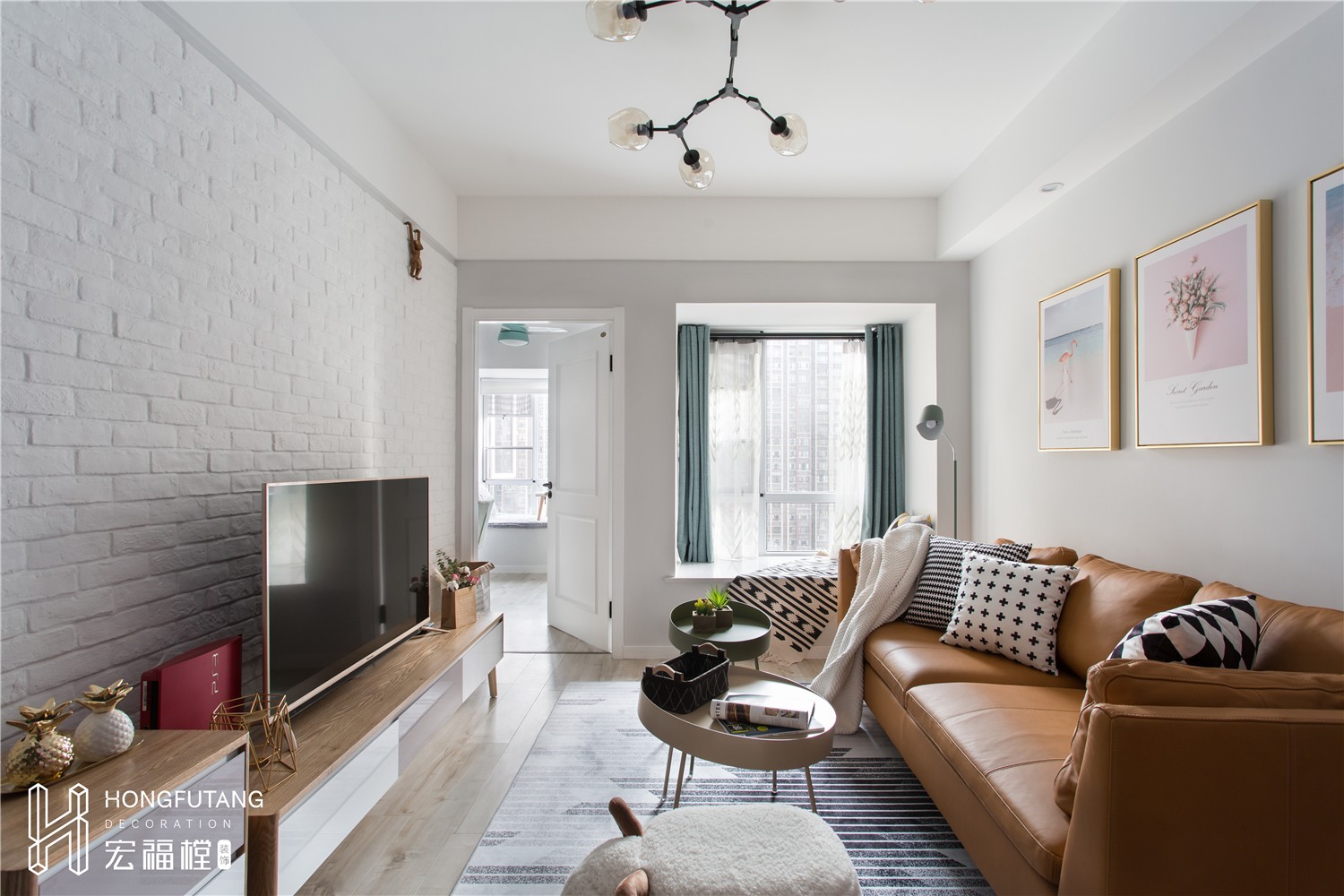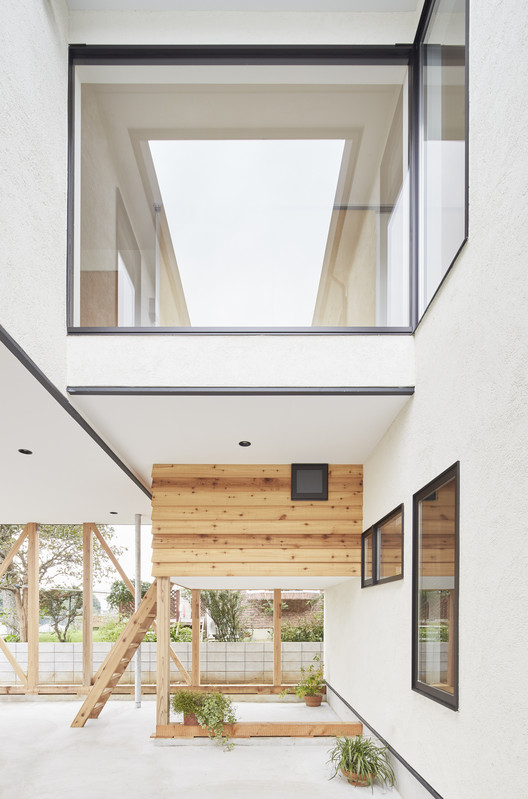UAE Pavilion
2015-05-05 23:00
架构师提供的文本描述。2015年米兰博览会阿拉伯联合酋长国展馆今天开幕。将传统沙漠城市的规划原则带到米兰,展馆内部的自动遮阳街道唤起了阿联酋古代社区的经验,同时也展示了它们紧凑的城市形式的自然能源效率。
Text description provided by the architects. The United Arab Emirates pavilion at the 2015 Milan Expo opened today. Bringing the planning principles of the traditional desert city to Milan, the pavilion’s interior of self-shaded streets evokes the experience of the UAE’s ancient communities, while demonstrating the natural energy efficiency of their compact urban form.
展馆占地面积大,靠近世博会的中心,通过其主要流通轴-到达。从这里,游客被吸引到一个像峡谷一样的空间的入口处,由两个起伏的12米高的墙壁定义。在古代规划原则的影响下,穿过展馆的小径让人联想到这座古老沙漠城市狭窄的步行街和庭院-以及由福斯特合作伙伴设计的阿布扎比可持续马斯达城市总体规划中的当代重新诠释。
The pavilion occupies a large site close to the centre of the Expo and is accessed via its main circulation axis, the decumanus. From here, visitors are drawn into the mouth of a canyon-like space, defined by two undulating 12- metre-high walls. Influenced by ancient planning principles, the paths through the pavilion are suggestive of the narrow pedestrian streets and courtyards of the ancient desert city – and its contemporary reinterpretation in the sustainable Masdar City masterplan in Abu Dhabi, designed by Foster + Partners.
这些墙以一系列平行的波浪贯穿整个140米长的场地,将游客空间统一在一种动态的正式语言中,这种语言旨在表达沙丘的脊状和纹理。为了传达一种独特的位置感,墙壁的纹理来源于沙漠中的扫描。GRC(玻璃纤维增强混凝土)板由钢框架支撑,便于拆卸和重建,以便展馆最终搬迁到阿联酋。
The walls continue throughout the 140 metre site in a series of parallel waves, unifying the visitor spaces within a dynamic formal language designed to express the ridges and texture of sand dunes. To convey a distinctive sense of place, the texture of the walls derives from a scan taken in the desert. The GRC (Glassfibre Reinforced Concrete) panels are supported by a steel frame, which can be easily demounted and reconstructed for the pavilion’s eventual relocation in the UAE.
从入口处到礼堂的斜坡缓缓向上延伸,增强现实设备帮助将阿联酋的故事带入现实生活。最先进的礼堂就在场地中心的一个鼓里.放映结束后,参观者沿着一条道路走上了进一步的互动展示和数字讲座,其中包括一个特别的展览,庆祝迪拜作为2020年世博会的主办城市。展览结束后,参观者到达了一片绿色的绿洲。展馆周围和开放的公共区域的景观设计是为了唤起阿联酋的地形和植物群。
A ramp leads gently upwards from the entrance towards the auditorium, and augmented reality devices help to bring the story of the Emirates to life. The state-of-the-art auditorium is contained within a drum at the heart of the site. After the screening, visitors follow a path through further interactive displays and digital talks, including a special exhibit celebrating Dubai as host city for the 2020 Expo. At the end of the exhibition trail visitors reach a green oasis. The landscaping around the pavilion and in the open public areas is designed to evoke the terrain and flora of the UAE.
该设计遵循LEED的原则,将被动技术和主动技术结合起来。最重要的是,这座建筑的设计是为了在世博会之后在阿联酋进行回收和重建。在创建展馆时,福斯特合作伙伴与阿拉伯联合酋长国国家媒体理事会、主席谢赫阿卜杜拉·本·扎耶德·阿勒纳哈扬和专员萨利姆·阿梅里密切合作。
The design follows the principles of LEED with a combination of passive and active techniques. Most significantly, the building is designed to be recycled and rebuilt in the UAE after the Expo. In creating the pavilion, Foster + Partners has worked closely with The National Media Council, United Arab Emirates, Chairman, Sheikh Abdullah bin Zayed Al Nahyan and Commissioner General Salem Al Ameri.
诺曼·福斯特:“我们为被选为阿拉伯联合酋长国国家馆感到非常自豪。我们面临的挑战是为两种气候设计-为米兰的游客创造一个自然凉爽、舒适的空间,同时考虑展馆在酋长球场的终极重建,那里需要提供遮阳的空间。这一设计反映了我们对古城形态的考察和对沙漠景观的欣赏。它还最大限度地利用了这个狭长的场地-戏剧性的峡谷式入口-所提供的机会,它欢迎人们进屋,高墙之间的通道提供直观的循环,自然会带领游客参观礼堂、展览和庭院空间。“
Norman Foster: “We are very proud to be chosen to create the national pavilion for the United Arab Emirates. Our challenge has been to design for two climates – to create a naturally cool, comfortable space for visitors in Milan, while considering the pavilion’s ultimate reconstruction in the Emirates, where there is a need to provide shade from the intense sun. The design reflects our investigations into the form of ancient cities and our appreciation for the desert landscape. It also maximises the opportunities presented by the elongated site – the dramatic canyon-like entrance welcomes people inside, and the channels between the high walls provide intuitive circulation, naturally leading visitors to the auditorium, exhibition and courtyard spaces.”
福斯特合作伙伴公司高级执行合伙人兼工作室负责人杰拉德·埃文登说:“我们的展馆是独特的,因为它代表了阿联酋的沙漠景观和规划传统。在气候和水资源短缺方面,阿联酋今天正在经历世界明天将要经历的事情。我们的设计突出了在沙漠气候中维持生命的挑战,同时展示了如何有效的被动设计解决方案可以帮助支持可持续的现代社区。就像上海的阿联酋展馆一样,这座建筑的设计是为了在世博会之后拆除和重建。“
Gerard Evenden, Senior Executive Partner and Studio Head, Foster + Partners: “Our pavilion is unique for its representation of the desert landscape and planning traditions of the Emirates. In terms of climate and water scarcity, the UAE is experiencing today what the world will experience tomorrow. Our design highlights the challenges of sustaining life in a desert climate, while demonstrating how efficient passive design solutions can help to support sustainable modern communities. Like the UAE pavilion in Shanghai, the structure is designed to be dismantled and rebuilt after the Expo.”
 举报
举报
别默默的看了,快登录帮我评论一下吧!:)
注册
登录
更多评论
相关文章
-

描边风设计中,最容易犯的8种问题分析
2018年走过了四分之一,LOGO设计趋势也清晰了LOGO设计
-

描边风设计中,最容易犯的8种问题分析
2018年走过了四分之一,LOGO设计趋势也清晰了LOGO设计
-

描边风设计中,最容易犯的8种问题分析
2018年走过了四分之一,LOGO设计趋势也清晰了LOGO设计






























































